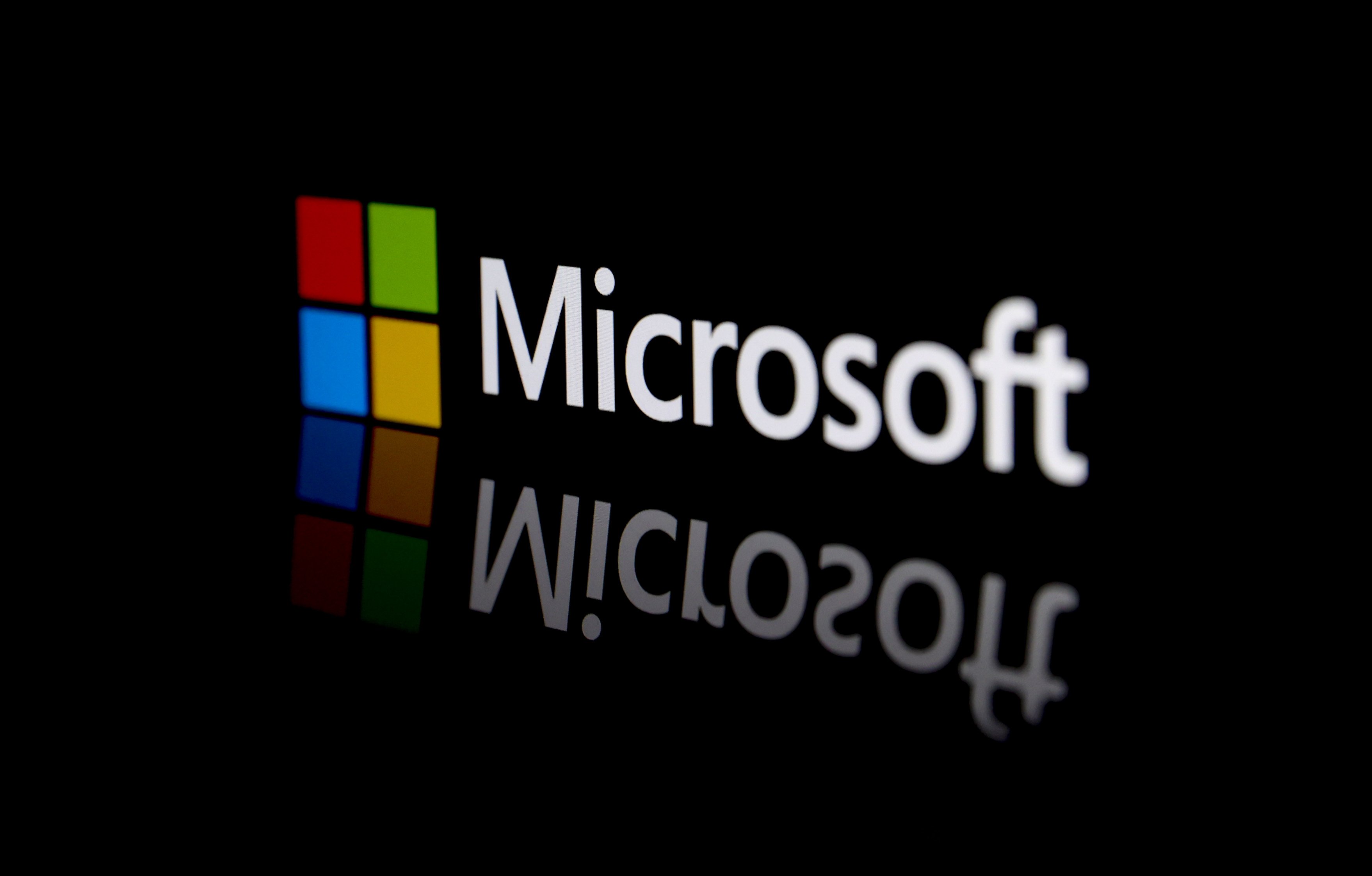
MICROSOFT SURFACE PRO 4. SOURCE: MICROSOFT.
Shares of Microsoft (MSFT 1.04%) rose in after-hours trading on Thursday, following the release of a fiscal second-quarter earnings report that exceeded analysts' expectations. Microsoft earned an adjusted $0.78 per share on adjusted revenue of $25.7 billion. Analysts had expected Microsoft to earn just $0.71 on revenue of $25.26 billion.
Although demand for Windows remains weak, its cloud services continue to grow rapidly. Let's take a closer look at Microsoft's report.
Commercial cloud-annualized revenue run rate eclipses $9.4 billion
Arguably, the single most-important metric for Microsoft investors to consider is the annualized revenue run rate of its commercial cloud services. Microsoft is in the midst of a transition, and is slowly shifting its business away from traditional software, and toward cloud services. Microsoft Azure, Dynamics CRM, and Office 365 generate the bulk of its commercial cloud business.
The annualized revenue run rate of these services is a hypothetical figure -- it indicates how much revenue Microsoft could generate from these services over the course of a year if demand remained stable -- but it provides the best insight into the pace of Microsoft's transformation. In the December quarter, it exceeded $9.4 billion, up from $8.2 billion the quarter before. Microsoft's management hopes to hit $20 billion by its fiscal year 2018, six quarters from now.
In particular, Microsoft's commercial cloud benefited from growing Azure demand. Azure revenue rose 140% on a constant-currency basis; revenue from premium Azure services rose more than 300%. Revenue from commercial Office 365 subscriptions grew nearly 70% on a constant-currency basis, while Dynamics CRM saw its seat adds more than double on an annual basis.
Demand for Windows continues to contract
Windows remains a soft spot for Microsoft. Microsoft's More Personal Computing segment -- which is largely composed of Windows-related revenue -- saw its revenue fall 2% on an annual basis in constant currency.
Windows OEM Pro revenue fell 6%, while non-Pro revenue fell 3%. In total, Windows OEM revenue fell 5% in constant currency. That was better than the broader PC market -- last quarter, worldwide PC shipments fell 8.3% on an annual basis. Microsoft cited increased demand for midrange and high-end consumer PCs.
A growing number of consumers are also subscribing to Office 365: Office 365 consumer subscriptions rose to 20.6 million, up from 18.2 million in the prior quarter. There are now more than 200 million devices running Windows 10.
Surface, Xbox Live, and search
Other less-important, yet still-interesting, aspects of Microsoft's business include Xbox, Bing, and its Surface hardware. All three performed fairly well in the December quarter.
Microsoft no longer reports the exact number of Xbox consoles it sells, instead preferring to characterize its Xbox business through the number of active users it has on its Xbox Live gaming network. Although Xbox hardware revenue declined, the number of Xbox Live users increased a massive 30% on an annual basis, rising to 48 million.
Microsoft's search business saw its revenue, excluding traffic acquisition costs, rise 21% on a constant-currency basis. Microsoft's latest operating system Windows 10 includes deep integration with its search engine Bing, and the growing number of Windows 10 users appears to be aiding Microsoft's search business. During the month of December, almost 30% of Microsoft's search revenue came from Windows 10 devices.
Surface remains a minor portion of Microsoft's business overall, but it continues to experience growth. Aided by the launch of the Surface Pro 4 and the Surface Book, Surface revenue rose to $1.35 billion, up more than 22% from the same quarter last year.
Overall, Microsoft's fiscal second quarter was strong, and the rally appears justified.






